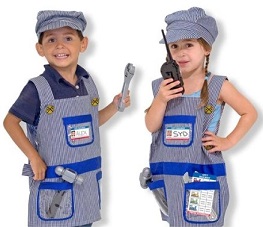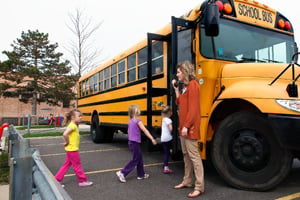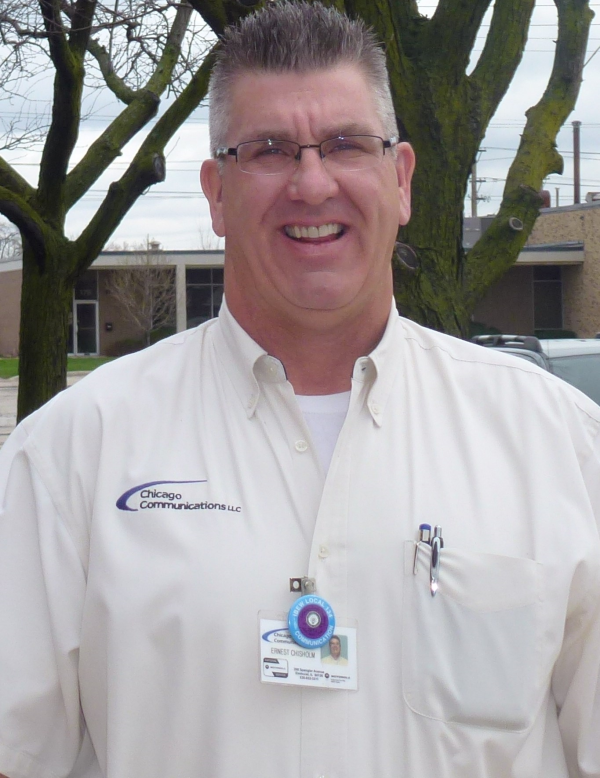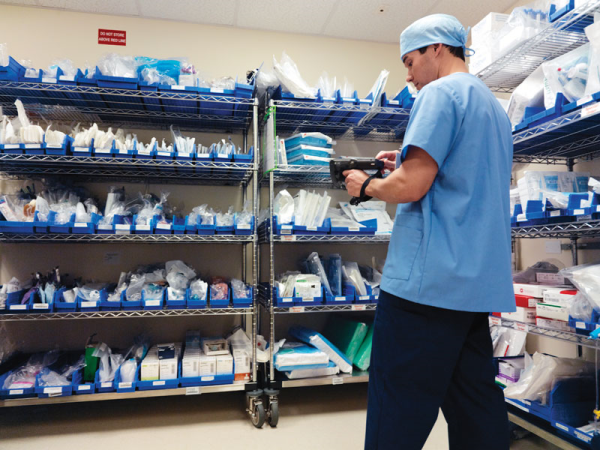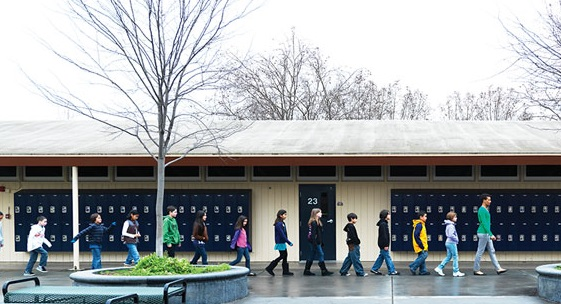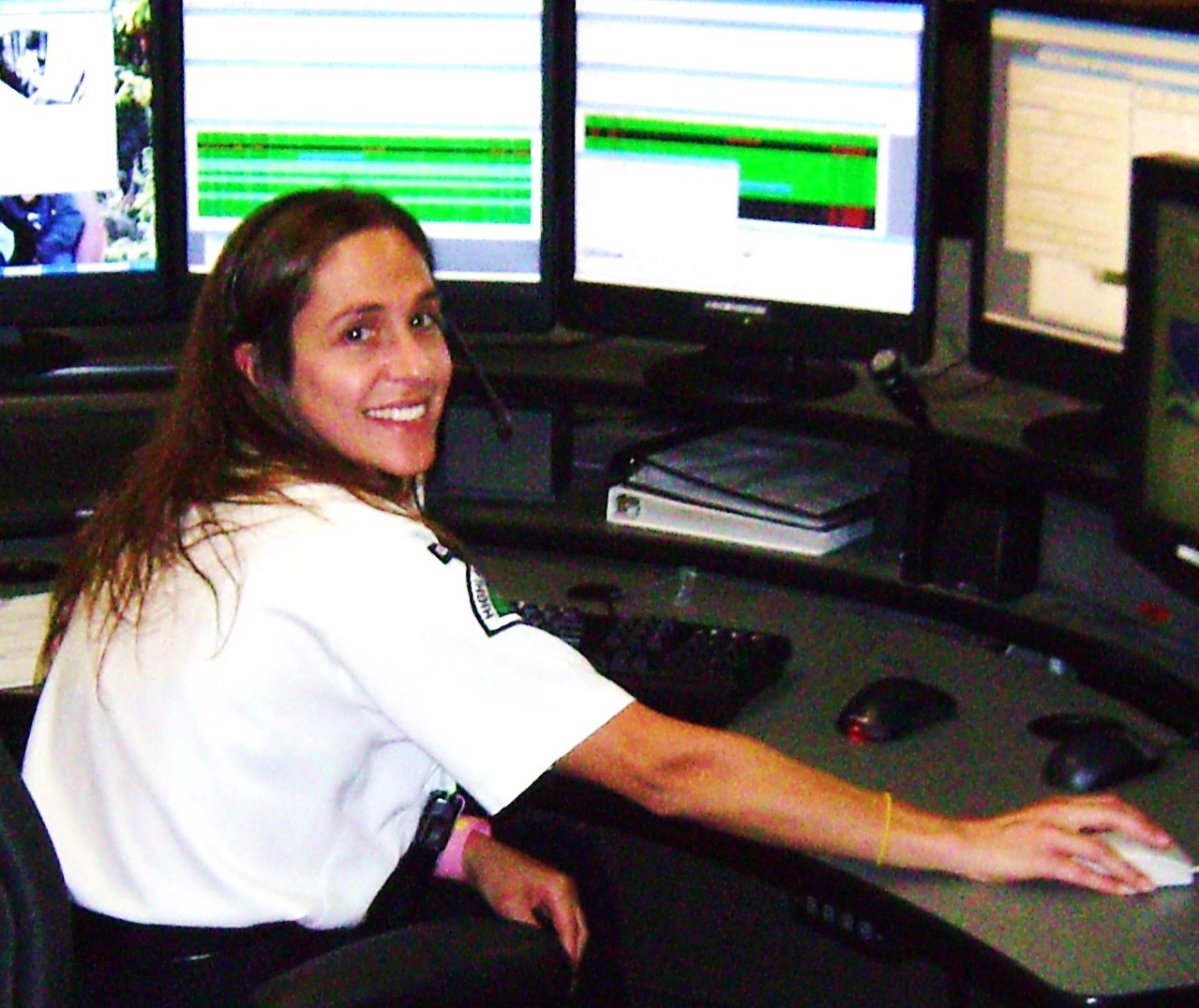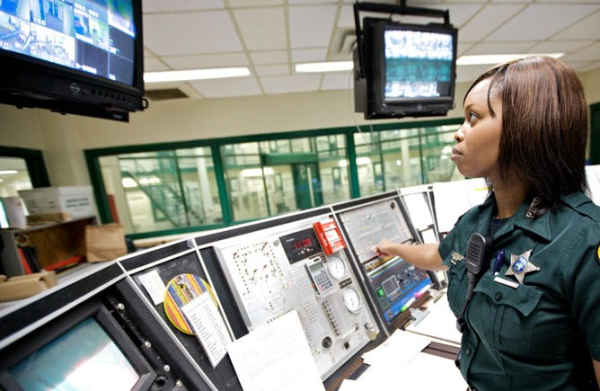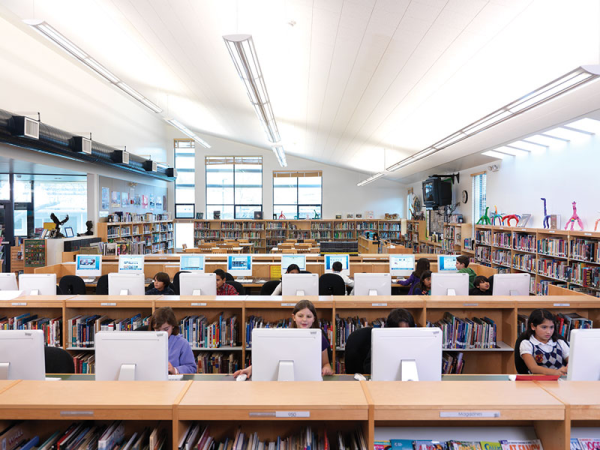Halloween is right around the corner – costumes are being finalized, trick or treat routes are being mapped, and candy is overflowing. Sometimes with the excitement of such a fun holiday, we forget to remember the basics in terms of safety. If we let the safety of these little vampires, ghosts, and ballerinas slip to the background of all the enthusiasm, things can go from fun and games to spooky in a matter of minutes.
The Biggest Safety precaution: SEAMLESS COMMUNICATIONFor Trick or Treaters & Parents:
Cell phones are a great way to keep in touch with the older Halloween goers, or if it’s a relatively small group. But how do you communicate with groups of children who may be old enough to walk down the block, but not own a cell phone!? The same way Police and Fire crews communicate with each other- two way radios. Obviously purchasing high tiered radios aren’t the option we are suggesting, but there are two way radios designed for these types of instances- for relatively cheap in many stores. By sending your ghouls and goblins off in the neighborhood equipped with a two way radio (or commonly referred to as a walkie talkie) you are able to constantly connect with them at the push of a button.

